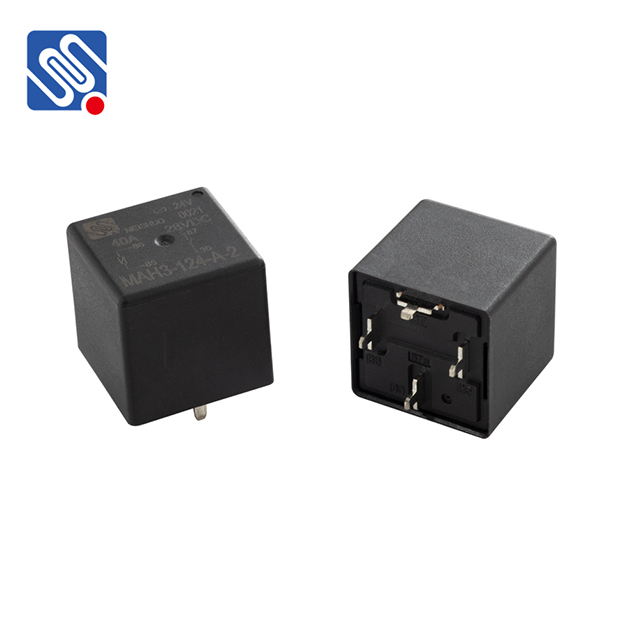Relay assembly is a critical process in the manufacturing of electrical devices and systems. It involves the intricate combination of various techniques to ensure that relays function efficiently, reliably, and safely in different applications, from automotive to industrial machinery. In this article, we will explore the essential relay assembly techniques, focusing on the importance of precision, quality control, and innovations that have emerged in this field.

What is a Relay?
A relay is an electromechanical switch that controls a circuit's operation by opening or closing contacts based on an electrical signal. Relays are used in various devices, from home appliances to complex industrial systems. They help in isolating different parts of the circuit, allowing high-voltage circuits to be controlled by low-voltage signals.
Key Components of Relay Assembly
The relay assembly process begins with understanding the critical components of the relay. These include the coil, contacts, armature, spring, and frame. Each of these components must be fabricated, tested, and assembled with high precision to ensure the relay's correct functioning.

